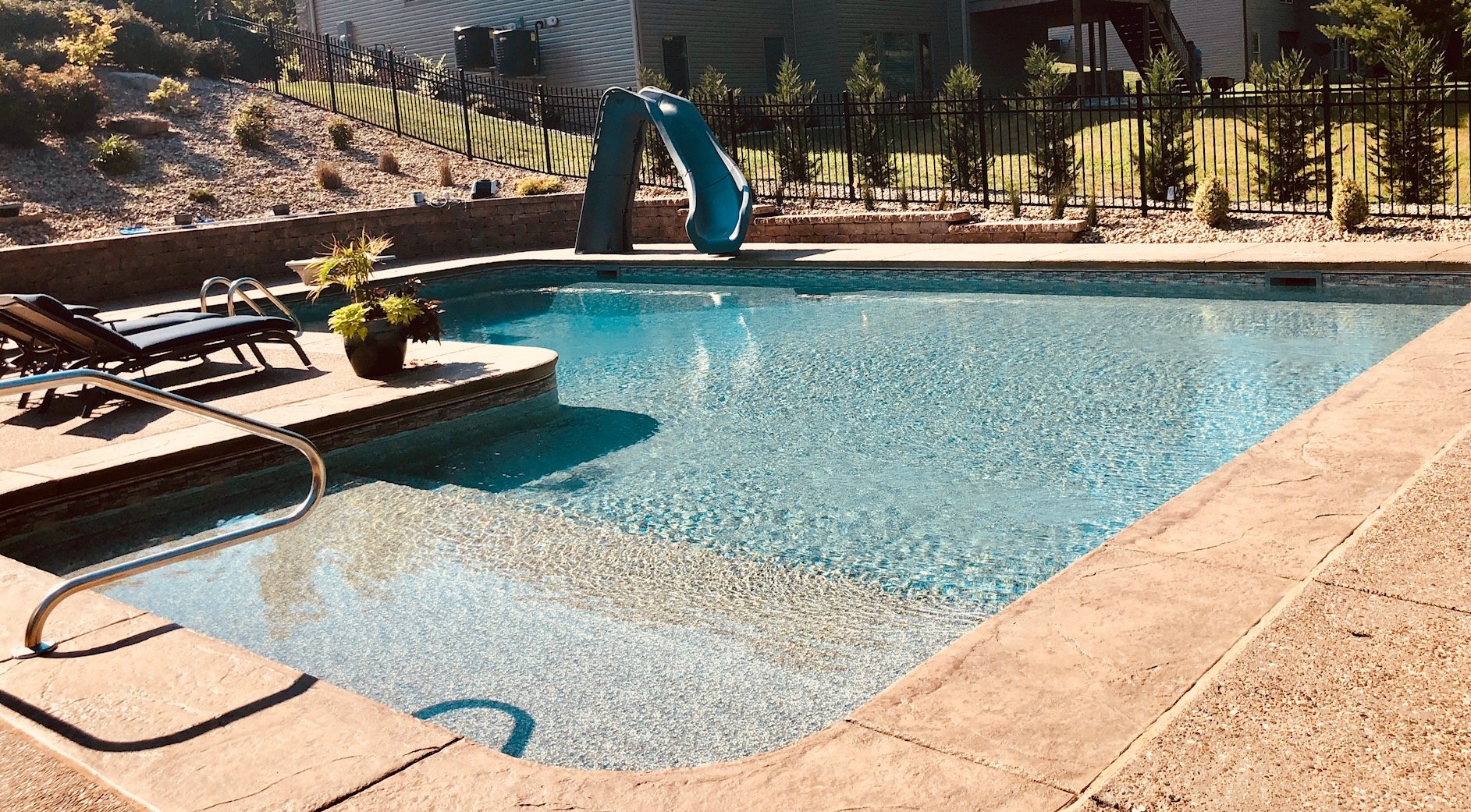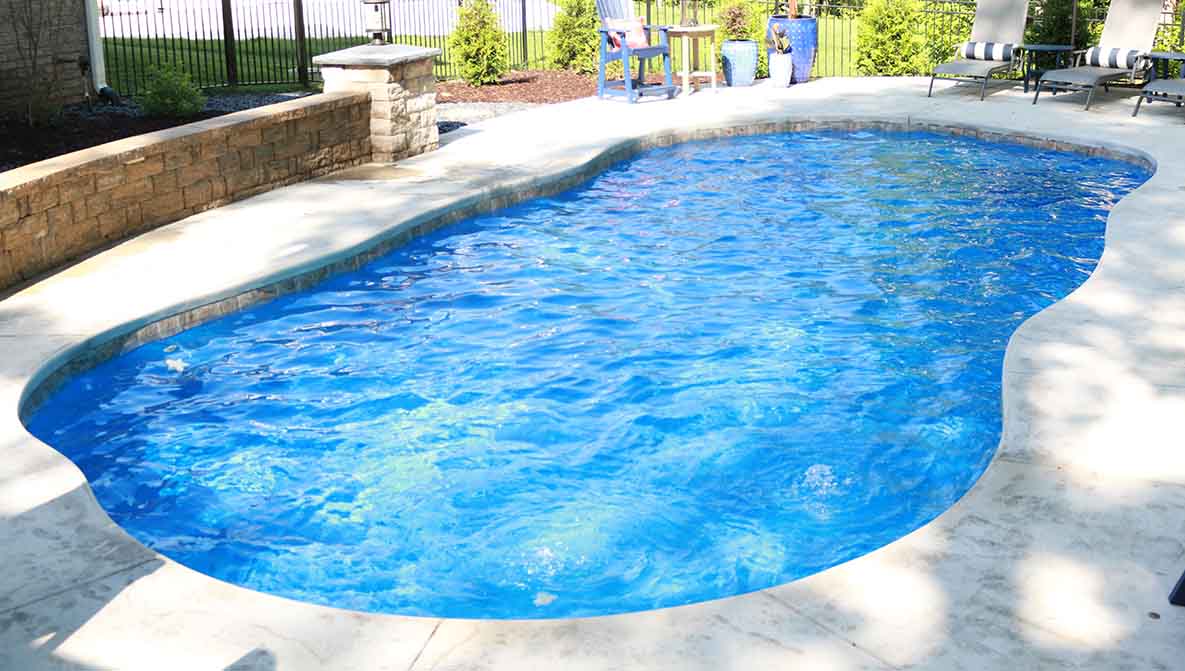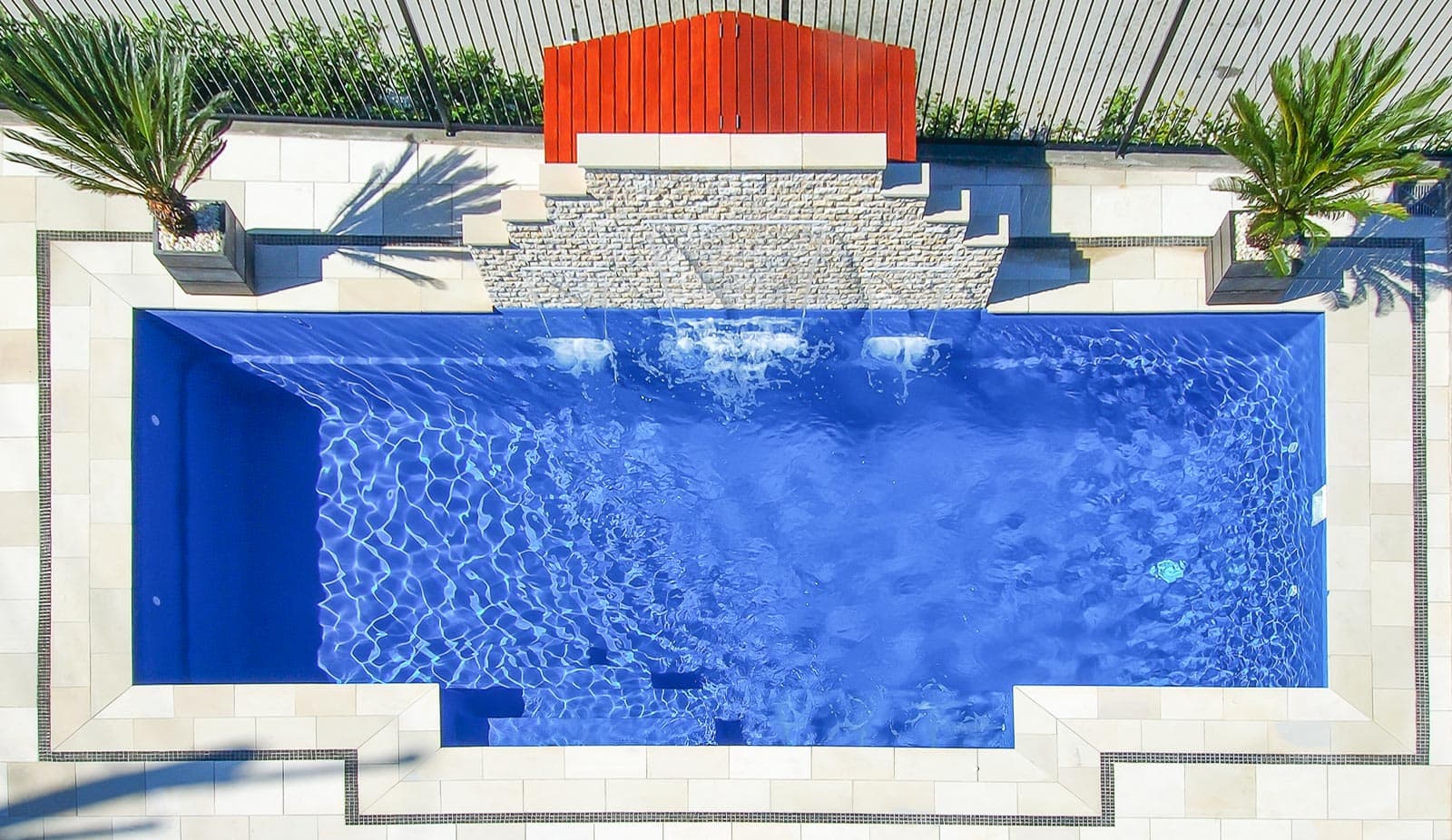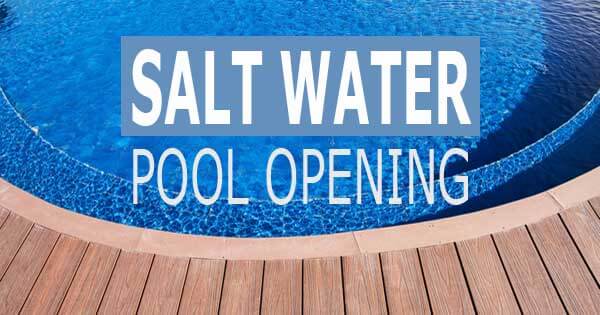How Often Should I Test My Saltwater Pool
How often should i test my saltwater pool. If you're searching for content, images, pictures or photos information linked about your looking, you've come to visit the right site. Our website gives you suggestions for seeing the best article and picture, hunt and locate more informative article articles and graphics that match your interests. includes one of tens of thousands of collections from several sources, therefore we recommend this post that you view. This site is for them to stop by this website.
Advantages And Disadvantages Of A Saltwater Pool Alvarez Homes
How often should i test my saltwater pool
With several different swimming pool designs and equipment out there, thinking in terms of safety can be very confusing. From different swimming pool liners to buying different toys, you surely have a lot to choose from. You can always ask questions at a local supply shop to find out more, as the experts there can surely help you. There are a lot of needs with swimming pools, especially when you get everything you need.
The first thing to do when inspecting your swimming pool is to figure out your average depth. Your average depth will help you determine your swimming pool capacity. You can figure out your average depth by adding the deep end to the shallow end, then dividing by 2. The average depth tells you a lot about your swimming pool, including the design and capacity. Once you know your average depth, you can pretty much buy any accessory you need without any problems.
Your design of swimming pool will help you in choosing the best cover for your swimming pool. There are a few covers to choose from, most of which vary from season to season. You can use different covers for summer, spring, and winter, each one offering you something different in terms of protection. Nearly all supply shops have a lot of covers to choose from, and as long as you know your design - you can further inspect your pool and select the right cover.
Once you know your average depth and capacity for your swimming pool, you can move on to other inspections. The liner is next, as it protects the quality of your water. A liner will maintain the pH level of your water, and help prevent algae from forming and growing. When you inspect your pool to select a liner, you should think in terms of material. Most are plastic or vinyl, and can provide you plenty of attraction along with great protection as well.
With your swimming pool, you’ll also need to think and inspect your swimming pool in terms of safety. If you have a belowground swimming pool, you should always remember that it can attract a lot of visitors. Due to this fact, you should always have someone watching the pool, or an adult around at all times who can swim. Or, you can simply use a locking gate that surrounds your pool to keep people out of it when you aren’t around.
Another area of swimming pools that most people find enjoyable are the toys and accessories. The more must have accessories and toys are goggles, as they will help little children protect their eyes from the chlorine. You can also find several different types of floats as well, as they are fun to lay on and also help kids stay afloat. Swimming belts and water wings are great as well. If you have thought about adding toys to your pool, you should always look around and shop for the best prices.
Inspecting your swimming pool can be fun, although it is something that you simply must do. You can inspect in terms of maintenance as well, although you’ll need to inspect your pool before you buy any type of equipment or other things for you pool. When you visit your local pool supply store you’ll need to know different things, which is the reason for inspecting. Inspecting your swimming pool doesn’t take a lot of time - yet it is something that you simply must do if you want to get the best out of your swimming pool.

How often should i test my saltwater pool. The recommended range is between 2500 and 3500 although auto-shutoff levels can vary. You should test your pools pH and free chlorine levels regularly using a test kit to make sure your salt cell generator is dialed in so you can prevent nasty stuff like algae in your salt water pool. As a general rule the CYA level in a pool ranges between 30 ppm and 50 ppm.
The test strips have specially treated pads on them that react with the natural chemicals in salt chlorinated water. As you learn the behaviour of your pool it will be become clear what needs to be checked more often and what you can do less often. Hold the strip so it is below.
The safe answer is that they usually last for about five to seven years. Chlorine Chlorine sanitizes your pool water and should be checked between 2 to 3 times a week. If youre hosting a party dial the percentage up a couple notches a few hours before and leave it up for the duration and for a few hours afterwards.
How often should I test my water. Test Your pH and Chlorine Levels. More precisely however pH and chlorine levels should be tested more often perhaps daily until you come to a good understanding of how they fluctuate.
The Optimal Shocking Frequency. As such it should neither dip below 30 ppm nor rise above 50 ppm. When you get down to it the maintenance and cleaning schedule is not any different for saltwater as opposed to a traditional pool.
Salt Cells cost between 200 and 900 to replace depending on your chlorinator model. A little rain wont have much effect. You should test the calcium levels in your pool once a month.
Not all residential pool owners shock their pool this frequently. How often you need to test your pool water can often depend on the amount of use and how heavy the bathing load is. Add water level testing to your saltwater pool maintenance checklist.
Once the recommended level has been established salt level maintenance is minimal. Its a good idea to try to test your saltwater pools water every week to ensure the chemistry levels of your pool water such as your Free Chlorine pH and alkalinity are balanced so you can make sure your pool is sanitized properly. Salt is then added due to loss of salt because of backwashing the filter bathing suit drag out.
Water with high calcium hardness gets cloudy unless your alkalinity andor pH is low enough to compensate The excess calcium from your water appears as a crusty grayish-white scale. There are also other disadvantages related to. Remember to never swim while shocking or super-chlorinating your saltwater pool continue to test your pools water chemistry levels and dont allow anyone in until the chlorine level is between 10 and 30 ppm.
How Often Should I Test My Pool ChemicalsSECURE WEBSITE. Keeping your calcium hardness levels managed helps keep the water in proper chemical balance. When and How to Shock a Salt Water Pool.
How Often To Shock A Pool Establishing A Schedule Aside from the must shock situations outlined above how often to shock a pool is up for debate. When it needs it as different times of the year it will need it more often. In regards to how often to shock a saltwater pool its no different from other chlorine pools.
Youll want to check your pH and chlorine levels every week. Cell Inspection The salt cell should be inspected every 2 - 3 months to ensure that the plates are free of calcium buildup that can decrease cell performance. Most salt water pools should be maintained with a salinity level of 2500-4000 ppm.
The answer really depends on the use conditions and how often you do maintenance on your pool. An efficient saltwater chlorine generator requires salinity to be maintained at a constant level as defined by the manufacturer usually between 15004500 ppm. You can use an easy pool test kit to do this.
It also depends on the specific test being done. There are 3 valid reasons for shocking a pool to Remove Chloramines Remove Algae and to Remove Contaminants. Check it after a day or so and compare the water loss between the pool level and the bucket level When comparing a lot of wind across the pool but not the bucket or aeration eg.
You can rebalance the salinity level by diluting the pool with new fresh water. When it comes to the average backyard pool as a general rule the water should be tested for chlorine and pH at least twice weekly during the swimming season. This will help stop mildew growth keeping the pool cleaner.
Most pool owners will shock once every 1 to 2 weeks this is ideally what you should be aiming for with your pool maintenance schedule. When Should You Test. If the pool water is below 50 degrees less chlorine is required and some systems will shut off automatically.
It is recommended to test your pool water at least weekly and add chemicals if you see an increasedecrease in ideal chemical levels. Test your pool water with a DPD test kit like the Taylor Deluxe or use Test Strips that test for both Free and Total Chlorine. How Often Should I Test Pool Water.
Spa water feature slide may cause more evaporation in the pool. Pool water testing is important in order to achieve and maintain a sanitary and well-functioning pool. If the pool starts overflowing youll also.
If the salt concentration is too high it can cause damage to the cell and other pool hardware. You should also wash your pool toys often. You definitely need to drain some water from the pool when salinity reaches a 6000 ppm level.
It is recommended to test salinity in the pool weekly. Most pool techs recommend that you shock any type of pool about once a week and this includes saltwater systems. If it rises above 50 ppm the chlorine test will read zero o known as a chlorine lock.
The amount you drain depends on how elevated salinity levels are. Hold a test strip underwater for 10 seconds. The timespan for testing your pool water depends on how heavily or how lightly your pool is being used along with the daily air and water temperature.
If you dont know how to check for high or low salt levels read my guide on how to test the salt level in your pool. As a pool owner you should be testing for.

Everything You Ever Wanted To Know About Saltwater Pools

Saltwater Pool Conversion Cost Steps Pros Cons

Definitive Guide To Salt Water Pools 2020 Leisure Pools Canada

What Is Entailed In Maintaining A Salt Chlorine Pool

How To Keep Saltwater Intex Pool Clean Complete Guide Own The Pool

Can I Add Salt To My Pool Without A Saltwater System Salt Water Pool Report

Can I Convert My Pool To A Saltwater System 2021 Average Cost To Convert A Pool To Saltwater

How Often Should I Shock My Swimming Pool In 2021 Pool Shock Swimming Pools Pool

Pool Opening Saltwater Pool Intheswim Pool Blog
Post a Comment for "How Often Should I Test My Saltwater Pool"